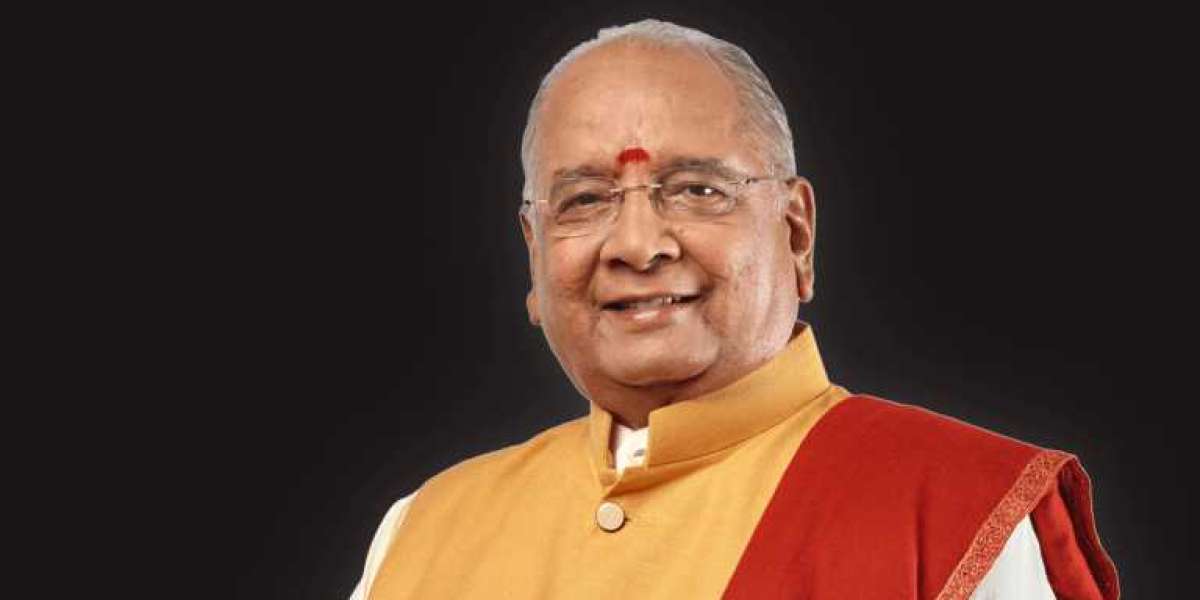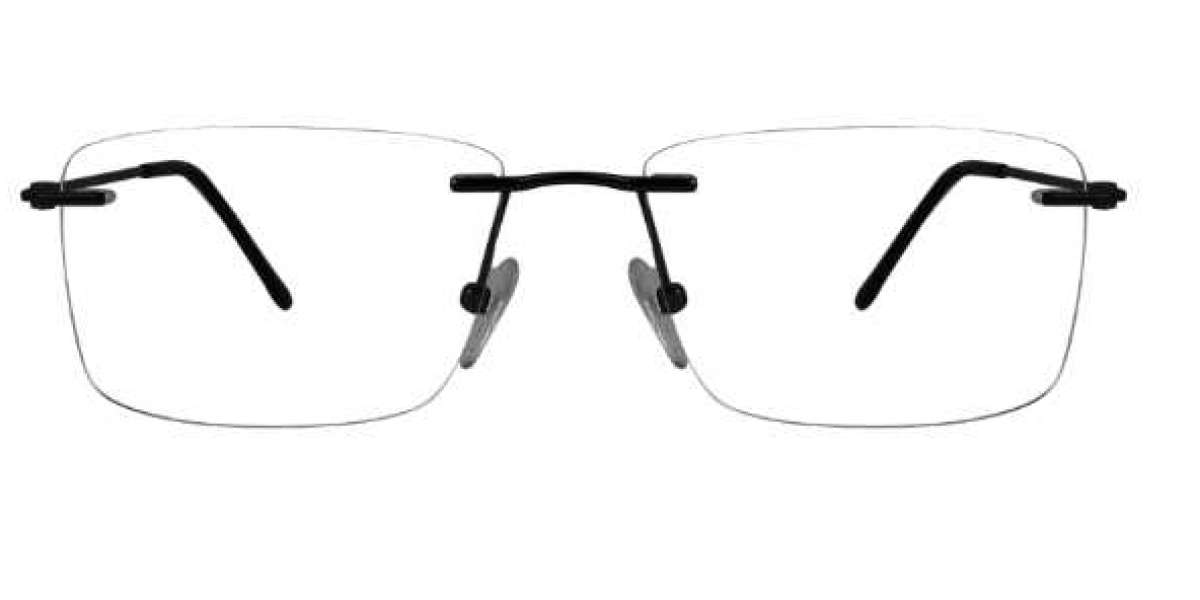Yoga and pranayam have now become a part of many people’s lives and daily routines all over the world. The number of individuals earnestly practicing pranayam has increased by leaps and bounds in the last few years with promotions, like the introduction of International Yoga Day by our Hon. PM Modi ji. However, it is interesting to note that most people may not know what ‘praan’ actually is! Praan is ‘life force’, in Yoga and the ancient sciences.
To explain praan, many books on Yoga use the simile that pranic energy is a bird and the body is a cage, in which this bird is trapped. When a cage is left open, one can see the bird escaping. However, to ‘see’ pranic energy when it leaves the body at the time of death is impossible. Scientists have tried to conduct experiments to ‘discover’ or ‘capture’ pranic energy. In one such famous experiment someone even tried to keep a person in a glass box at the time of death to try and ‘catch’ the praan that escapes, but without success.
Ayurveda says that this body-cage is equipped with not one gate for praan but nine gates – at the sense organs and orifices (two eyes, two nostrils, two ears, one mouth, the anus and the genitals) – and they are all usually open. In fact, many Yoga kriyas and meditation techniques are simply an attempt to keep these nine openings in discipline. In normal life, all the senses from these nine openings are constantly attracted and running outwards, towards the world of objects. Even though these nine doorways of the body-cage are constantly open outward, the bird called praan doesn’t escape. This can be explained by the science of self-realization, but the long and short of it is the amazing fact that praan remains in the human body by its own wish. Praan remains in the in the body, carrying a specific concept and program and manifests in the form of life activities. Praanic energy is omnipresent. It is present in the atmosphere. When the five elements (Earth, Water, Fire, Air and Space), which are the material basis of everything, including all living beings, come together (in a body) in a suitable condition of space and time, praan enters to make life possible. In the living body praan spreads to every cell via the medium of air and thus the movement of the breath, with each inhalation and exhalation, is an indication of the existence of pranic energy.
Praanayam is a technique to guide or coax praan in specific beneficial ways. It helps to hold or concentrate pranic energy to achieve a particular work-output at maximum, but with minimum effort. It serves to attract pranic energy in a specific direction. Basically, it is the art of disciplining one’s praan. Many people think that since they practise pranayam they have understood pran, while, in fact, they have only learned to regulate their breathing. Praan is a very subtle energy. It is life energy. The presence of praan indicates life and it’s lack, or it’s departure from the body, leads to cessation of life.
Shree Krishna, in explaining Karma Yoga in the Geeta declares, ‘Karmana gahano gati’. This means, the theory of action-reaction in life is very complex and beyond our abilities to understand or perceive. The essence of Karma Yoga, or ‘Right Action’, is to perform actions in such a manner that they do not lead to karmic blocks. How does one achieve this in the practical world? The Geeta describes various techniques, of which, one of the important ones is pranayam.
Read more about Towards Clear Action and Clear Reflection – Embrace Praanayam in Daily Life!
Visit Santulan Ayurveda














